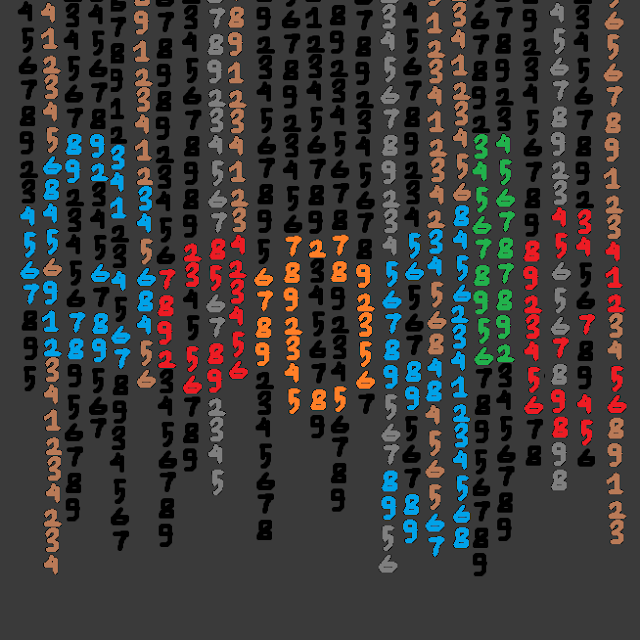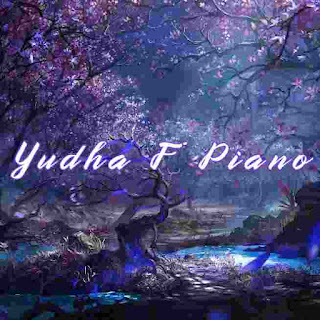The Evolution of Pop Music on Piano - A Journey Through Time and Sound - Blog No. 93
In the ever-changing world of music, one instrument has remained a constant companion through every twist and turn of pop's evolution—the piano. From the early days of ragtime rhythms to today’s stripped-back bedroom pop ballads, the piano has not only adapted but redefined itself in every era. Whether grand and elegant or small and digital, the piano has shaped the way pop music feels, sounds, and connects to our emotions.
But how did this classical giant become such a pop essential?
Let’s take a melodic journey through the evolution of pop music on the piano, tracing its transformation across generations, genres, and groundbreaking artists.
Related
🎹 Chapter 1: The Piano’s First Pop Star Moment (1900s–1940s)
Before pop was even called "pop," music was already evolving toward mass appeal. In the early 20th century, the piano was the centerpiece of household entertainment. Families gathered around upright pianos, playing popular sheet music from Tin Pan Alley—a collective of music publishers and songwriters in New York City who essentially created the first pop music hits.
Scott Joplin and Ragtime Rhythms
Scott Joplin’s ragtime compositions like Maple Leaf Rag introduced a syncopated, toe-tapping rhythm that hinted at pop music's future energy. Though ragtime leaned toward jazz, its accessibility and catchy melodies made it an early version of what we’d call a “hit.”
The Jazz-Pop Bridge
As the 1920s roared, jazz and swing took over. Pianists like Fats Waller and Duke Ellington blurred the lines between jazz, blues, and early pop standards. Their improvisational style introduced flair and soul to piano music, influencing generations to come.
Fun Fact: In the 1930s, sheet music was still the main way pop music spread. If you couldn’t read it, you played it by ear—honing the improvisational skills that would soon define piano in pop music.
🎤 Chapter 2: Piano Meets Rock 'n' Roll (1950s–1960s)
The arrival of rock 'n' roll in the 1950s changed everything, and the piano didn’t miss a beat.
Jerry Lee Lewis: The Wild Child of Pop Piano
With hits like Great Balls of Fire, Jerry Lee Lewis brought raw energy to the piano, banging out rhythms with elbows and even feet. He transformed the instrument from a classical relic into a rebellious pop-rock icon.
Ray Charles: Soul Meets the Keys
Meanwhile, Ray Charles blended gospel, blues, and pop with his soulful piano playing. What’d I Say and Georgia on My Mind are landmarks of emotionally driven, piano-led pop music. He proved that the piano wasn’t just for melodies—it could carry a message, a mood, and a movement.
🕺 Chapter 3: Pop Piano Finds Its Voice (1970s–1980s)
The '70s and '80s were a golden age for piano in pop. Artists used it not just for accompaniment, but as the centerpiece of their music.
Elton John: The Rocket Man with 88 Keys
If any one artist redefined the role of piano in pop, it was Elton John. With songs like Tiny Dancer, Rocket Man, and Your Song, he brought theatricality, emotion, and storytelling to the forefront—all through the piano.
“I’m a piano player, that’s who I am,” Elton once said. And millions agreed.
Billy Joel: The Piano Man
Billy Joel’s 1973 anthem Piano Man didn’t just showcase the instrument—it told its story. Joel wrote pop songs that made the piano feel like a storyteller, weaving lyrics and chords into tales of real life, love, and longing.
SEO Tip: During this era, “piano pop songs” became a popular keyword, with artists crafting emotional anthems that still resonate in search queries today.
💿 Chapter 4: Synths, Samples, and Pop Reinvention (1990s–2000s)
By the 1990s, digital technology began reshaping the soundscape of pop. Synthesizers, MIDI, and electronic keyboards offered new textures and flexibility.
Vanessa Carlton’s “A Thousand Miles”
Released in 2002, this iconic piano riff became one of the most recognizable intros in pop history. Vanessa Carlton proved that the piano could still lead the charts, even in an age dominated by beats and samples.
Alicia Keys: The Soulful Revival
With her debut album Songs in A Minor (2001), Alicia Keys reminded the world that real, raw piano playing still had a place in modern pop. Tracks like Fallin’ merged classical technique with R&B-pop fusion, earning her Grammy gold and global respect.
Search Trends Insight: Keywords like “piano ballads 2000s” and “emotional piano pop songs” gained traction as a new generation of fans fell in love with piano-driven hits.
🌍 Chapter 5: The Digital Age and Bedroom Pop (2010s–Present)
In the age of Spotify playlists and TikTok virality, the piano has evolved yet again—this time into an instrument of intimacy and personal expression.
Ed Sheeran and the Pop Ballad Renaissance
Though known for his guitar, Ed Sheeran’s hits like Perfect and Thinking Out Loud often use gentle piano melodies as emotional anchors. The stripped-back sound of these tracks brought piano ballads back into the mainstream.
Billie Eilish and Finneas: Minimalism on the Keys
Billie Eilish’s debut album When We All Fall Asleep, Where Do We Go? featured haunting piano lines, courtesy of her brother and producer Finneas. Together, they proved that the soft, eerie simplicity of a piano chord can be more powerful than any heavy beat.
TikTok and DIY Piano Pop
Today, bedroom pop artists use digital pianos, MIDI controllers, and DAWs (Digital Audio Workstations) like Logic Pro and BandLab to write, record, and produce piano-led songs from home. Viral hits often start as simple piano riffs that fans recreate on social media.
Pro Tip: To capture SEO traffic, titles like “easy piano pop songs,” “TikTok piano trends,” and “bedroom pop piano chords” are valuable additions to your blog tags.
🎧 Chapter 6: AI, Apps, and the Future of Pop Piano
We’re now entering a new frontier—where artificial intelligence and piano merge in real-time music creation.
AI-Powered Piano Composing
Platforms like AIVA, Amper, and MuseNet can generate full pop piano compositions with a single prompt. While not replacing human emotion, AI offers new creative tools for songwriters and producers to experiment with pop piano arrangements.
Virtual Pianos and Accessibility
Apps like Simply Piano, Flowkey, and Playground Sessions bring pop piano learning to the fingertips of millions. With real-time feedback and lessons on popular songs, they’re democratizing access to piano-based pop creation.
Emerging Keywords: “AI piano composer,” “learn pop piano online,” and “virtual piano apps” are climbing fast in search trends.
🎵 The Legacy: Why Pop Still Needs the Piano
So, what is it about the piano that keeps it alive in pop?
-
Versatility: It can accompany vocals, stand alone, or blend into orchestras and electronic beats.
-
Emotion: Few instruments can convey raw emotion like the piano.
-
Accessibility: From concert halls to bedroom studios, the piano meets musicians wherever they are.
Pop music may continue to evolve, but the piano remains its beating heart—reimagined but never replaced.
🎁 Bonus: 10 Iconic Pop Piano Songs You Should Know
| Song Title | Artist | Year | Why It Matters |
|---|---|---|---|
| “Imagine” | John Lennon | 1971 | Peaceful anthem driven by minimal piano. |
| “Someone Like You” | Adele | 2011 | Heart-wrenching ballad with sparse keys. |
| “A Thousand Miles” | Vanessa Carlton | 2002 | That unforgettable intro! |
| “Let It Be” | The Beatles | 1970 | Spiritual and soothing piano pop classic. |
| “Clocks” | Coldplay | 2002 | Arpeggiated piano riff became iconic. |
| “Fallin’” | Alicia Keys | 2001 | Soul meets piano in modern pop brilliance. |
| “All of Me” | John Legend | 2013 | A modern wedding favorite driven by keys. |
| “Piano Man” | Billy Joel | 1973 | The ultimate pop piano storytelling song. |
| “Love Song” | Sara Bareilles | 2007 | Empowerment through bold piano rhythms. |
| “River Flows in You” | Yiruma | 2001 | Instrumental pop hit embraced by TikTok. |
Related
💬 Final Notes: What’s Next for Piano in Pop?
In a world of autotune, hyperpop, and algorithmic playlists, the piano remains a symbol of authenticity. As pop continues to push boundaries, the piano stands ready—not as an outdated relic, but as a living, evolving partner in musical storytelling.
From the smoky clubs of the 1920s to the glowing screens of today’s music apps, the piano has traveled a long way—and the melody is far from over.
So the next time you hear a pop song with a beautiful piano line, take a moment to appreciate its journey. Behind those 88 keys lies a century of pop history, and a future yet to be written.



Comments
Post a Comment